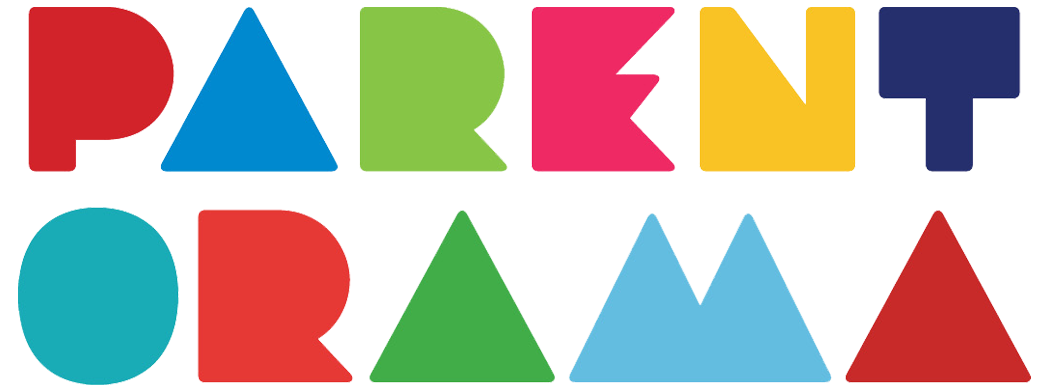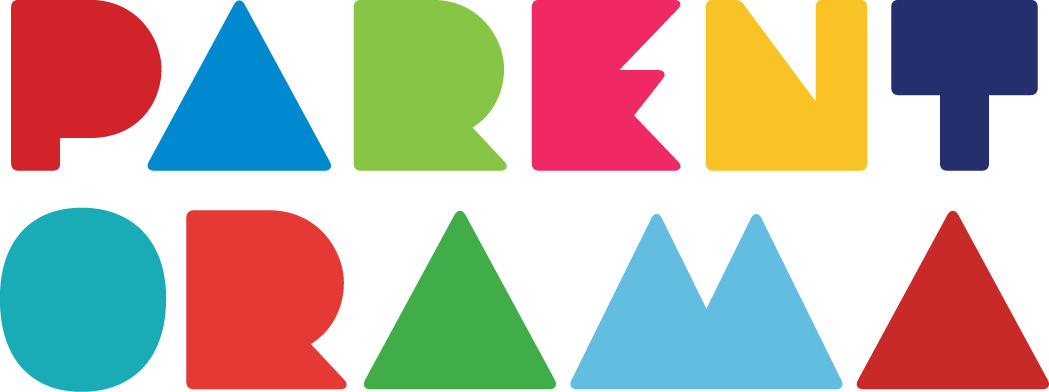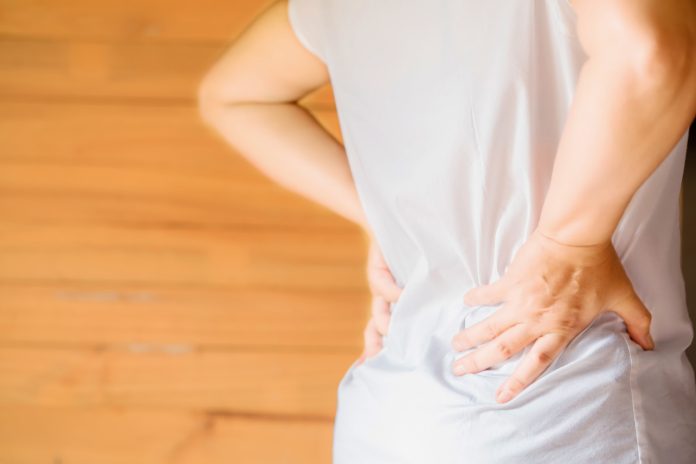Back Pain After Childbirth: Causes and Ways to Relieve It
Postpartum back pain is a common issue many women face. The duration varies from woman to woman and can last anywhere from a few weeks to several months after giving birth.
What Causes It?
This type of pain can be caused by various factors. First, hormonal changes occur in a woman’s body as early as the first weeks of pregnancy, leading to muscle and ligament relaxation. Additionally, during childbirth, the body undergoes significant strain, particularly in the abdominal and back areas. Finally, after delivery, activities like constant bending, lifting, and holding the newborn, as well as poor posture during breastfeeding, can contribute to back pain for new mothers.
How Can You Relieve It?
To effectively manage postpartum back pain, time, patience, persistence, and proper care are essential. It’s important to avoid straining this specific area of your body.
Here are some tips:
- Be cautious when lifting objects: Try to put more weight on your knees and avoid putting pressure on your lower back when lifting things.
- Avoid prolonged standing: Standing for extended periods can put pressure on your lower back, potentially worsening the pain. Instead, try to lie down or sit more often. Use breastfeeding time and the baby’s nap times to rest and allow your body to recover.
- Start light exercise: Light exercise a few weeks after childbirth—provided your doctor approves—can help alleviate pain, boost energy, and aid in postpartum recovery. A walk can relieve discomfort and help your body realign. Additionally, gentle stretches and exercises done consistently can significantly help resolve the issue.
- Take warm showers frequently during the day: Warm water can relax your lower back muscles and relieve pain. At the same time, it will help you unwind and reduce the tension caused by your responsibilities.
- Use a heating pad on your lower back whenever you have time, ideally when lying down: Warm compresses help relax the muscles, gradually reducing muscle pain. A relieving position for using the heating pad is lying on your back with pillows under your legs so your hips and knees are at an 80-90 degree angle.
- Get a massage: A relaxing massage can ease muscle tension and make you feel better.
- Choose more comfortable and restful sitting positions: It’s important to avoid putting extra strain on your body, especially your lower back and spine, and improve your posture when sitting or moving around the house or outside.
Finally, if the pain becomes unbearable, does not subside, or worsens, it’s essential to consult an orthopedic specialist who can guide you accordingly.



